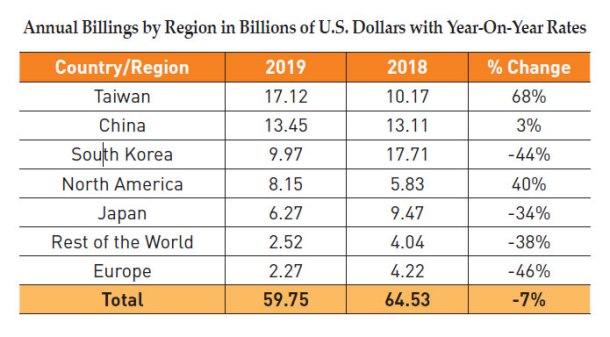Wayne Hills launches the research & development of neural network-based image-generation technology from brain signals.
Wayne Hills Bryant A.I. (Wayne Hills) announced that its U.S. subsidiary has begun R&D and artificial intelligence IP patenting to develop Neural Link A.I., an A.I. generation/synthesis service that can create video content using only human thoughts.

The core of the development of Wayne Hills’ Neuralink AI is to use BCI (Brain-Computer Interface) technology to connect tiny electrodes made of polymer materials to the brain to receive detailed electrical signals generated when the brain perceives and thinks, and to display the information as text and images on a monitor, or wireless device, for the first time.
Wayne Hills’ existing AI software ‘Speech to Video (STV) ver 2.0’ requires a person to provide voice information through direct speech to realize it as a video, but ‘Wayne Hills Neural Network AI’ shows a big difference in that even if you just think about it, it texts it into BCI and immediately visualizes the text — so, ultimately, human thoughts are immediately realized as a video.
Neural network A.I is expected to use implantable BCI for implanting a device directly into the human brain
Wayne Hills’ neural network A.I. is expected to use implantable BCI, which implants a device directly into the human brain. In addition to brain waves, implantable BCIs can read neural signals of brain cells and movements of the motor cortex in detail, which is expected to minimize the error between human thoughts and the final output.
In the future, it will be possible to create video content by directly converting the meaning of thoughts into text on wireless devices and monitors without having to express them in words, actions, or expressions, and automatically generating and synthesizing images that match the text. Through this process, Wayne Hills’ existing service, Text-to-Video (TTV) AI, which converts text to video, is expected to play an important role.
“Since we already have an AI service that can create or synthesize videos using information such as voice and text, we can achieve remarkable results through research and development on brain signal recognition through neural network-based BCI,” explained Lee Soo-min, CEO of Wayne Hills, adding, “We will do our best to target the global market based on our technology by focusing on preempting overseas patented IP and R&D first.”
korean-electronics.com | Blog Magazine of korean electronics, brands and Goods

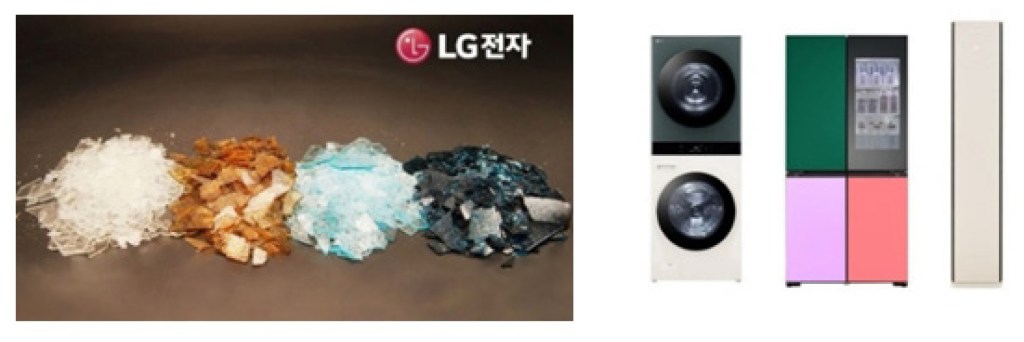
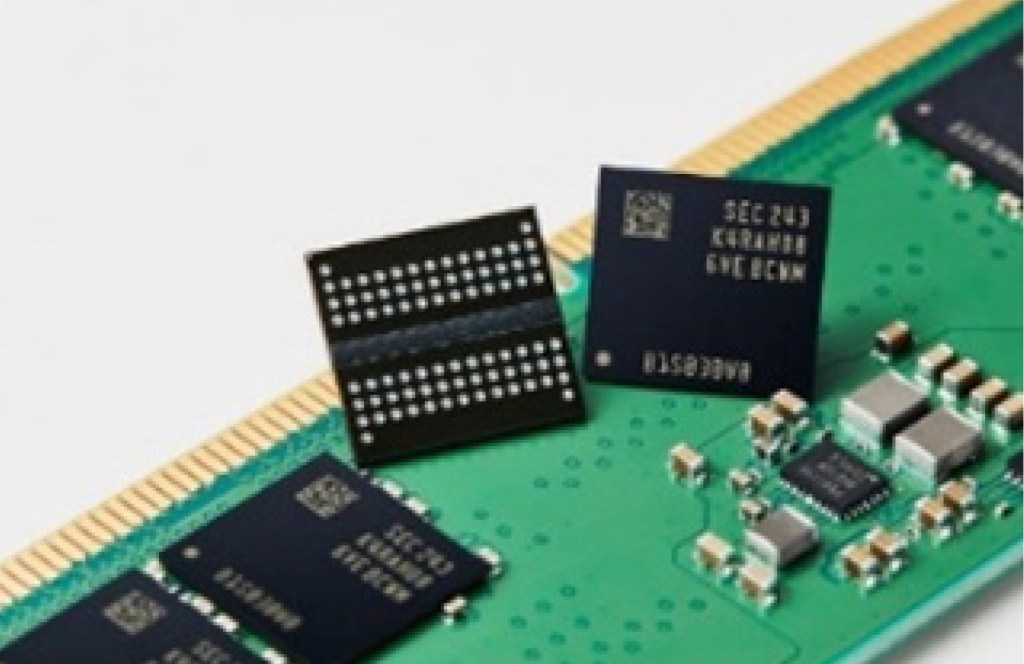


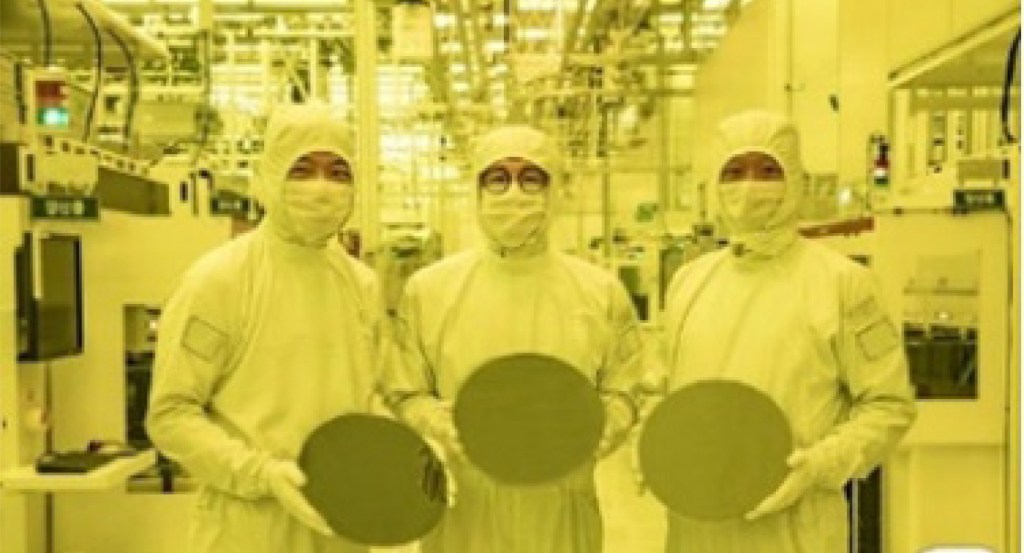
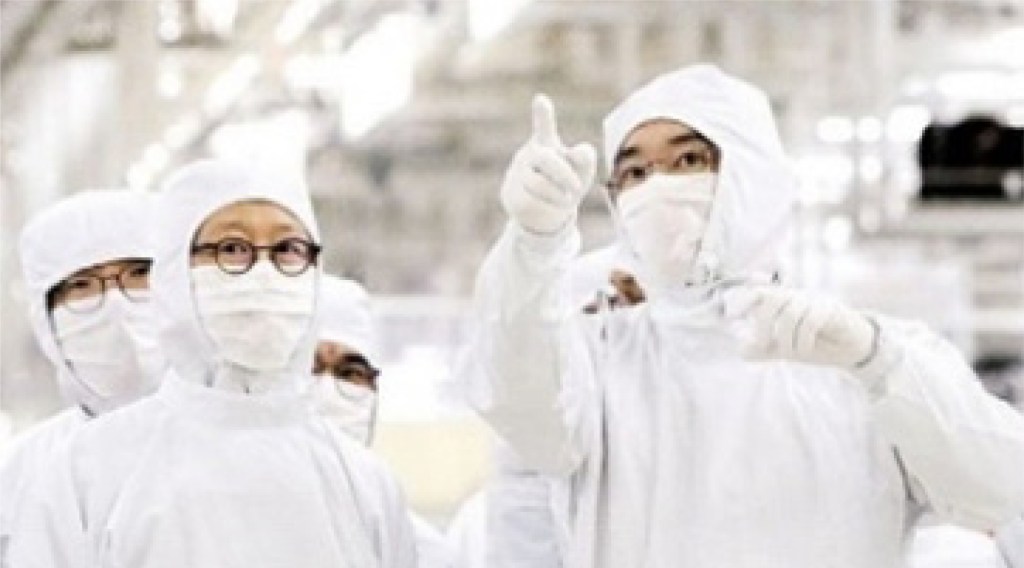
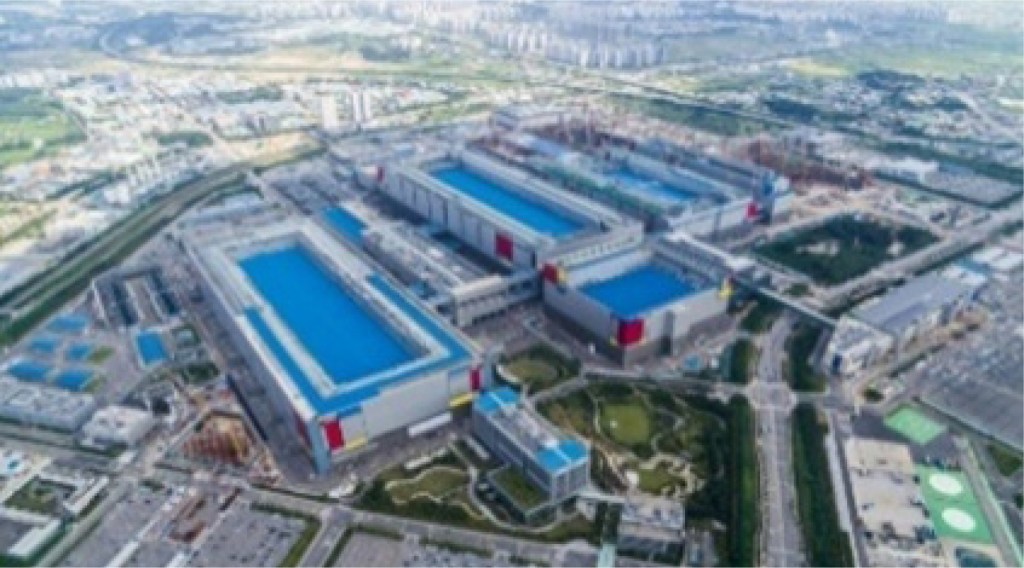
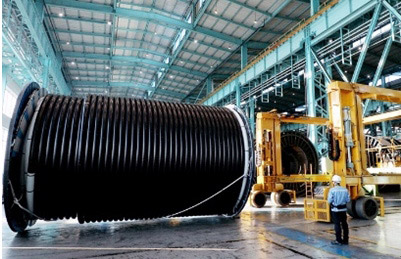
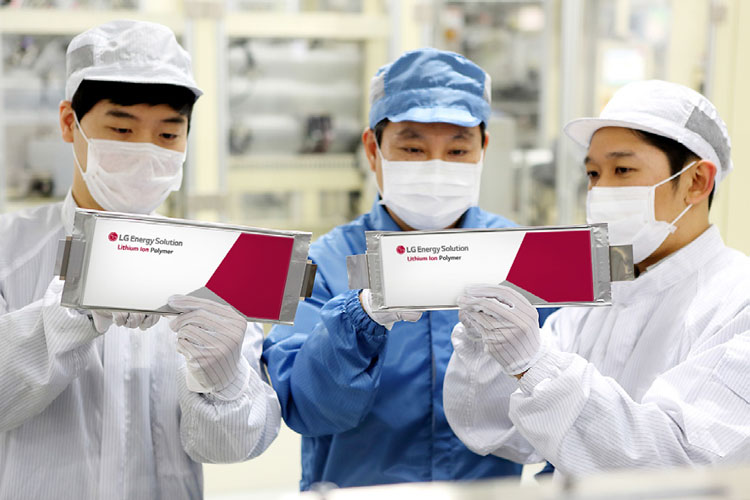


 Samsung Electronics plans to produce cutting-edge NAND products in the 2nd Pyungtaek production line, which is scheduled to operate in the second half of next year – in line with global growing demands.
Samsung Electronics plans to produce cutting-edge NAND products in the 2nd Pyungtaek production line, which is scheduled to operate in the second half of next year – in line with global growing demands.
 dislodging Korea from the top spot. China maintained its position as the second largest equipment market with sales of $13.45 billion, followed by Korea, at $9.97 billion, after receipts fell by 44 percent. While the new equipment markets contracted in Japan, Europe, and Rest of the World, North America equipment sales jumped 40 percent to $8.15 billion in 2019, the region’s third consecutive annual increase.
dislodging Korea from the top spot. China maintained its position as the second largest equipment market with sales of $13.45 billion, followed by Korea, at $9.97 billion, after receipts fell by 44 percent. While the new equipment markets contracted in Japan, Europe, and Rest of the World, North America equipment sales jumped 40 percent to $8.15 billion in 2019, the region’s third consecutive annual increase. Compiled from data submitted by members of SEMI and the Semiconductor Equipment Association of Japan (SEAJ), the Worldwide SEMS Report is a summary of the monthly billings figures for the global semiconductor equipment industry. Categories cover wafer processing, assembly and packaging, testing, and other front-end equipment. Other front-end includes mask/reticle manufacturing, wafer manufacturing, and fab facilities equipment. <Source:SEMI>
Compiled from data submitted by members of SEMI and the Semiconductor Equipment Association of Japan (SEAJ), the Worldwide SEMS Report is a summary of the monthly billings figures for the global semiconductor equipment industry. Categories cover wafer processing, assembly and packaging, testing, and other front-end equipment. Other front-end includes mask/reticle manufacturing, wafer manufacturing, and fab facilities equipment. <Source:SEMI>